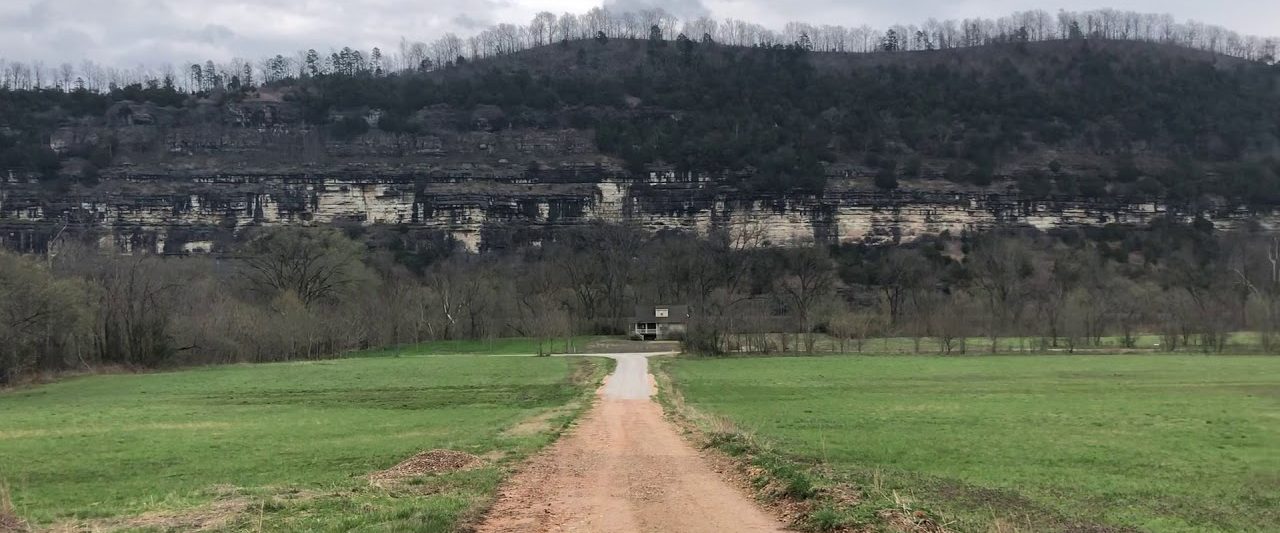(Blogger’s Note: Taking a break from my normal format and style today to offer a few thoughts about James the Apostle. It’s appropriate here, since the Camino de Santiago’s traditional route along Camino Frances (The French Way) concludes in Compostela, Spain at a cathedral where it’s believed James’ remains are enshrined.)
- He is not to be confused with two other men named James who appear in the New Testament: James, the son of Alphaeus, another apostle; and James, the brother of Jesus, a leader in the Jerusalem church and author of the book of James.
- Of the three apostles who comprised the inner circle of Jesus’ disciples (Peter, James and John), we know the least about James. We do know, however, that he was the eldest brother of John, and that their father’s name was Zebedee (their mother’s name was Salome.)
- James possessed two natures, both of which were characterized by strong feelings. He could be particularly indignant, had a fiery temper when adequately provoked, and when the storm was over, he was inclined to justify and excuse his anger. Except for these periodic upheavals of wrath, James’s personality was much like Andrew’s. He was a superior public speaker. Next to Peter, James may have been the best public orator among the 12.
- James, his brother John, Peter and Andrew were all partners in a fishing business prior to their calling to follow Jesus.
- There is evidence that James was the first cousin of Jesus, and had been acquainted with Him from infancy. It is believed his mother Salome was the sister of Jesus’ mother Mary.
- Not much is known of his ministry after Jesus’ resurrection. It is believed, however, that he lived another 14 years before his martyrdom. By order of Herod Agrippa I, James was beheaded in Jerusalem about the feast of Easter, 44 AD. It’s believed that during this 14-year period, James visited the Jewish colonist and slaves in Spain to preach the Gospel.
- He could be quiet and thoughtful one day, and a very good talker and storyteller the next. He usually spoke freely with Jesus, but for days at a time he was the silent man. James had many spells of unaccountable silence.
- The outstanding feature of his personality was his ability to see all sides of a proposition. Of all the 12, he perhaps, came the nearest to grasping the real import and significance of Jesus’ teaching. He, too, was slow at first to comprehend the teacher’s meaning, but once they had finished their training, he acquired a superior concept of the gospel. James was able to understand a wide range of human nature; he got along well with the versatile Andrew, the impetuous Peter, and his self-contained brother John.
- James, John and Peter, had three experiences with Jesus witnessed by no one else. They were present for the Great Transfiguration, witnessed the healing of Peter’s mother-in-law, and were called aside to watch and pray with Jesus in the garden of Gethsemane the night before His death.
- James was the first apostle executed.
- He was not above mistakes. When a Samaritan village rejected Jesus, he and John wanted to call down fire from heaven. It was his fiery temper for which he and his brother earned the nickname Boanerges or “Sons of Thunder.”
- It has been said that when the apostle James was led out to die, a man who brought false accusations against him walked with him to the place of execution. He doubtless expected to see James looking pale and frightened, but he saw him, instead, bright and joyous, like a conqueror who had won a great battle. The false witness greatly wondered at this and became convinced that the Savior in whom the prisoner by his side believed must be the true God. The man himself, therefore, became a convert to Christianity and was condemned to die with James. Both were consequently beheaded on the same day and with the same sword.

- One of the Camino de Santiago’s great traditions upon arriving at the cathedral in Compostela takes place at the Pillar of Many Hands where James’ image is carved into a pillar and surrounded by Christ and the other 11 apostles. For 10 centuries, pilgrims who complete the journey have placed their hand on the same spot and offer a prayer of thanks for protection and safe travel.
(Biblepath.com was a source for some information in this post.)
-30-

